Spice Up Your Life: The Secret Behind Lebanese Spice Mix
If you’ve ever tasted a plate of shawarma or a warm bite of kibbeh and wondered what magical combination of flavors hit your taste buds — it’s time to meet the unsung hero of Middle Eastern cuisine: Lebanese spice mix. This isn’t just any blend of herbs and powders; it’s a culinary passport that tells centuries-old stories through flavor. Whether you're a seasoned chef or a curious foodie, this guide will unravel everything you need to know about this fragrant powerhouse — plus some pro tips on how to use it like a local!
Table of Contents
- What Exactly is Lebanese Spice Mix?
- A Pinch of History: Origins & Cultural Significance
- Breaking Down the Ingredients
- How Does it Compare to Other Global Blends?
- 5 Practical Tips for Using Lebanese Spice Mix at Home
- Easy Recipes to Try with Your Homemade Mix
- Pro Tips: Storing, Customizing & Pairing Like a Chef
- Final Thoughts
What Exactly is Lebanese Spice Mix?
Also known as "Tabil" or simply "Masalaa", the Lebanese spice mix is a finely balanced combination of earthy, aromatic, and sometimes citrusy elements. While there's no single official recipe — every family has its own secret twist — the core ingredients remain largely consistent across Lebanon.
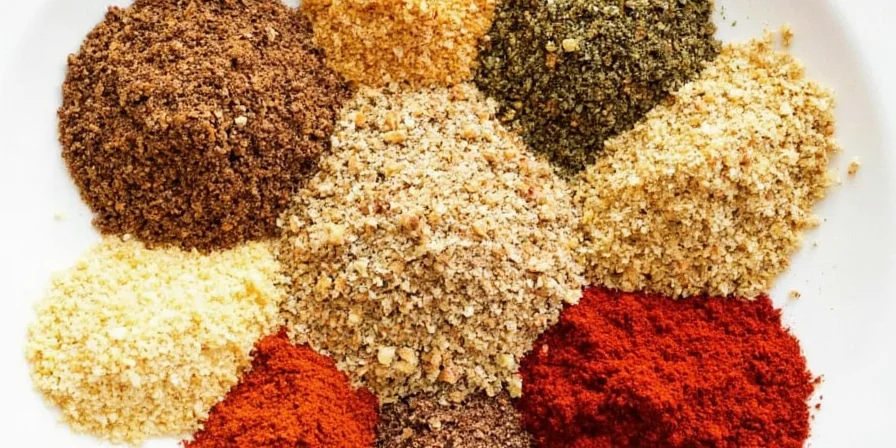
Common Ingredients in Traditional Mixes:
- Cumin
- Coriander
- Paprika
- Sumac
- Allspice
- Dried mint
- Salt (optional)
A Pinch of History: Origins & Cultural Significance
The history of the Lebanese spice mix is as layered as the spices themselves. Rooted in ancient Phoenician trade routes and shaped by Ottoman influences, these blends were not only used for flavor but also for medicinal and preservative purposes. In modern times, they've become the backbone of Lebanese home cooking and street food culture.
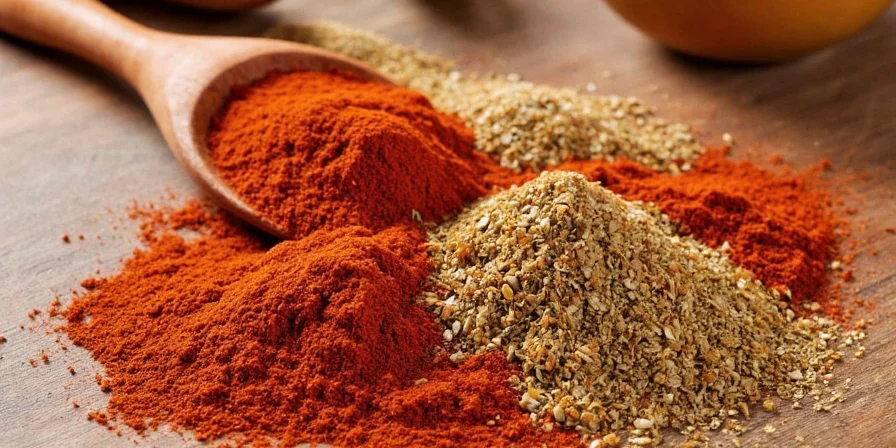
In many households, mixing spices is an art passed down from mother to daughter, often done in preparation for big gatherings and celebrations. The act of grinding fresh spices into a fine, fragrant powder symbolizes warmth, hospitality, and pride in heritage.
Breaking Down the Ingredients
Let’s take a closer look at the main players in this flavor-packed ensemble:
| Ingredient | Flavor Profile | Typical Usage |
|---|---|---|
| Cumin | Earthy, nutty, slightly bitter | Bases for meat dishes, stews |
| Coriander | Citrusy, warm, slightly sweet | Rubs, lentil dishes, soups |
| Paprika | Smoky, sweet, vibrant color | Color boost, mild heat |
| Sumac | Zesty, lemony, tangy | Finishing touch, dips |
| Allspice | Peppery, clove-like, warming | Kibbeh, kebabs, stews |
| Dried Mint | Fragrant, herbal, refreshing | Tabbouleh, grilled meats |
How Does it Compare to Other Global Blends?
To understand just how special the Lebanese spice mix is, let’s see how it stacks up against other popular global spice blends:
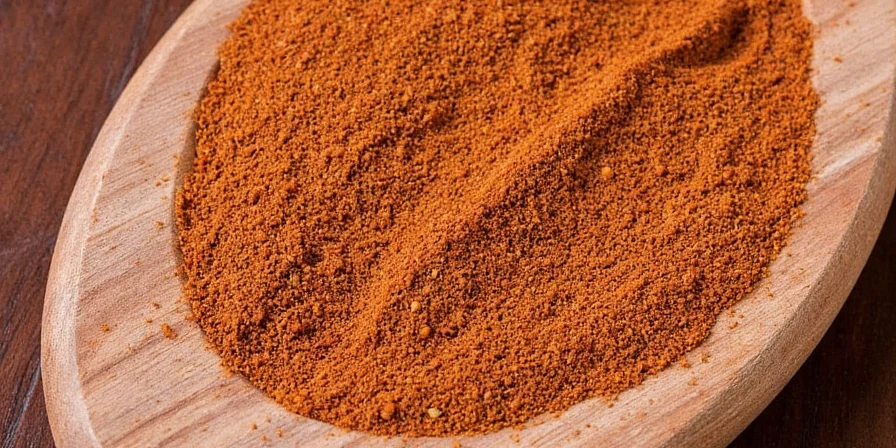
| Spice Blend | Main Ingredients | Region | Similarities | Differences |
|---|---|---|---|---|
| Lebanese Mix | Cumin, Coriander, Sumac, Mint | Lebanon | Used in meat and veggie dishes | Mint & sumac add unique zestiness |
| Garam Masala | Cinnamon, Cardamom, Cloves | India | Warming finish to dishes | More sweetness and heavier in texture |
| Za’atar | Thyme, Sumac, Sesame | Middle East | Uses sumac like Lebanese mix | Za’atar leans more towards bread dips and flatbread toppings |
| Dubai Mix | Black Lemon, Turmeric, Paprika | Gulf Region | Used in grilling and slow-cooked meals | No mint, more citrus-forward thanks to black lime |
5 Practical Tips for Using Lebanese Spice Mix at Home
Ready to dive into the world of Lebanese spices? Here are five easy, practical ways to elevate your cooking using this versatile mix:
- Marinate meats: Rub generously onto chicken, lamb, or beef before grilling or roasting. Let sit for at least 30 minutes for best results.
- Season roasted veggies: Toss zucchini, eggplant, or carrots in olive oil and a couple of teaspoons of the mix before roasting.
- Enhance grain dishes: Stir into rice, bulgur, or couscous during the last few minutes of cooking.
- Add to hummus or baba ghanoush: Just a pinch can give a fresh kick to your favorite dips.
- Finish salads with flair: Sprinkle over tabbouleh or fattoush for an aromatic punch.
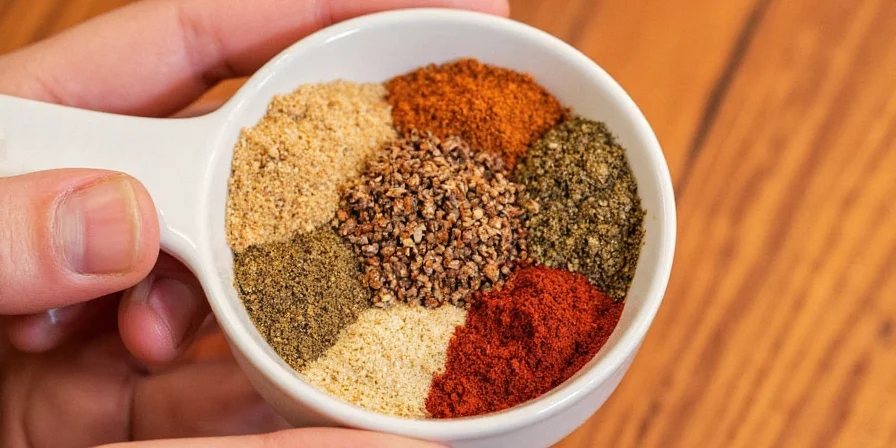
Easy Recipes to Try with Your Homemade Mix
Once you’ve got your homemade Lebanese spice mix ready, here are three quick recipes to test it out:
1. Grilled Chicken Skewers with Spiced Yogurt Marinade
- Chicken thighs, cubed
- Yogurt (Greek preferred)
- 2 tbsp Lebanese spice mix
- Juice of ½ lemon
- Olive oil, garlic, salt
Mix all ingredients and marinate for at least 1 hour. Thread onto skewers and grill until golden and cooked through. Serve with pita and pickles!
2. Lebanese-Inspired Roasted Eggplant Dip
- 1 large eggplant
- 1 tsp Lebanese spice mix
- Lemon juice
- Tahini, garlic, olive oil
Roast eggplant until soft. Scoop out flesh and blend with tahini, lemon juice, garlic, olive oil, and spice mix. Season and enjoy!
3. One-Pan Spiced Rice with Chickpeas
- 1 cup basmati rice
- 1 can chickpeas
- 2 tbsp Lebanese spice mix
- Onion, garlic, cumin seeds
- Vegetable broth
Sauté onions and garlic, add rice and spices, then pour in broth. Simmer until fluffy and serve as a side or vegetarian main dish.
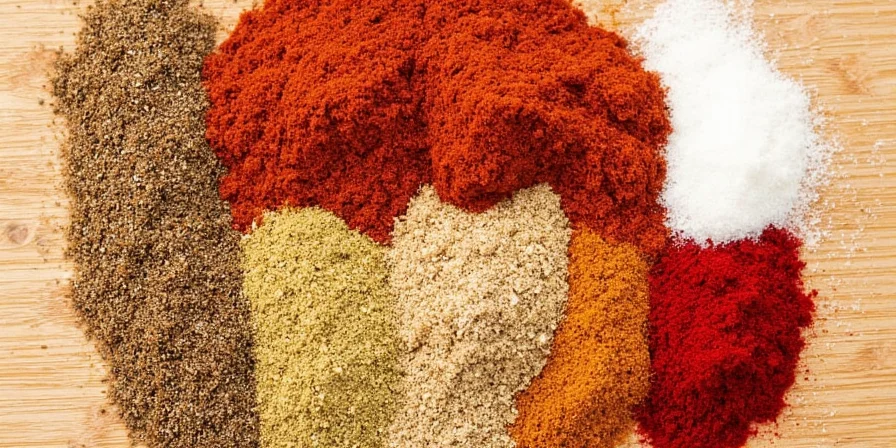
Pro Tips: Storing, Customizing & Pairing Like a Chef
Want to go beyond basic seasoning? Here are a few advanced moves to make your spice mix truly shine:
- Store properly: Keep in an airtight container away from sunlight and moisture. Freshness lasts up to 6 months.
- Customize your blend: Add a dash of chili flakes for heat or turmeric for a deeper hue. Some families even sneak in cinnamon!
- Pair with yogurt-based sauces: The acidity balances the earthy notes beautifully.
- Use in fusion dishes: Try sprinkling on popcorn, scrambled eggs, or even burgers!
- Make a spice gift pack: Package your homemade mix in a cute glass jar with a recipe card — perfect for holidays or housewarming gifts.
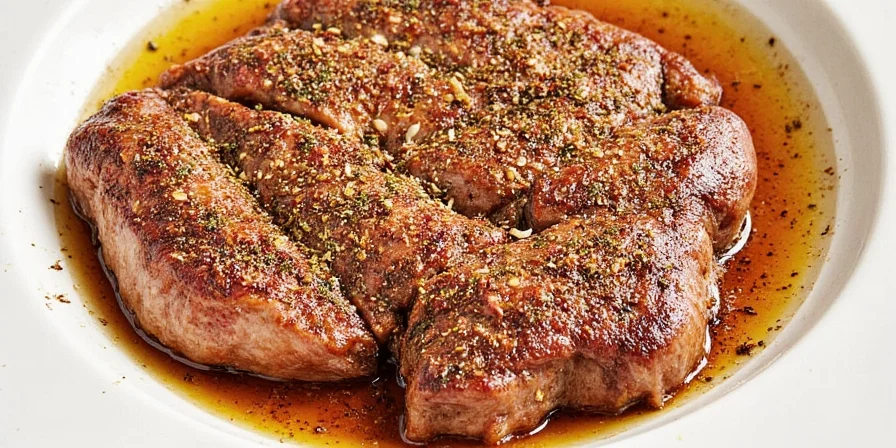
Conclusion
Whether you're a passionate home cook or a professional chef looking to expand your spice horizons, the Lebanese spice mix offers a doorway to bold, balanced, and deeply aromatic flavors. With roots in tradition and endless room for creativity, this humble blend proves that sometimes the most powerful flavors come in the smallest packages.
So next time you’re planning a meal, reach for that jar of spice magic — and don’t be afraid to play around with ratios, pairings, and unexpected applications. After all, the best way to honor a spice tradition is to keep it alive… one sprinkle at a time.
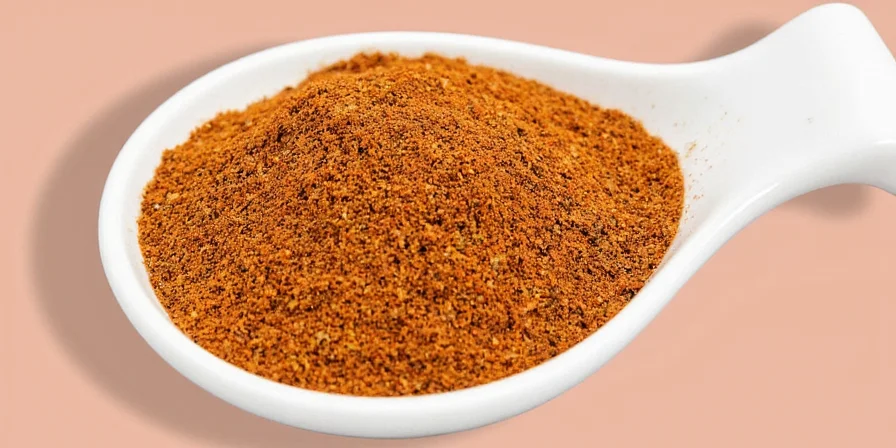

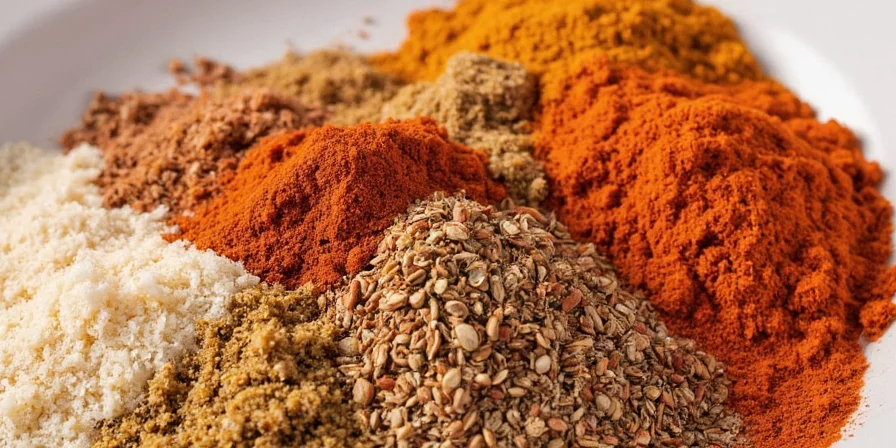









 浙公网安备
33010002000092号
浙公网安备
33010002000092号 浙B2-20120091-4
浙B2-20120091-4